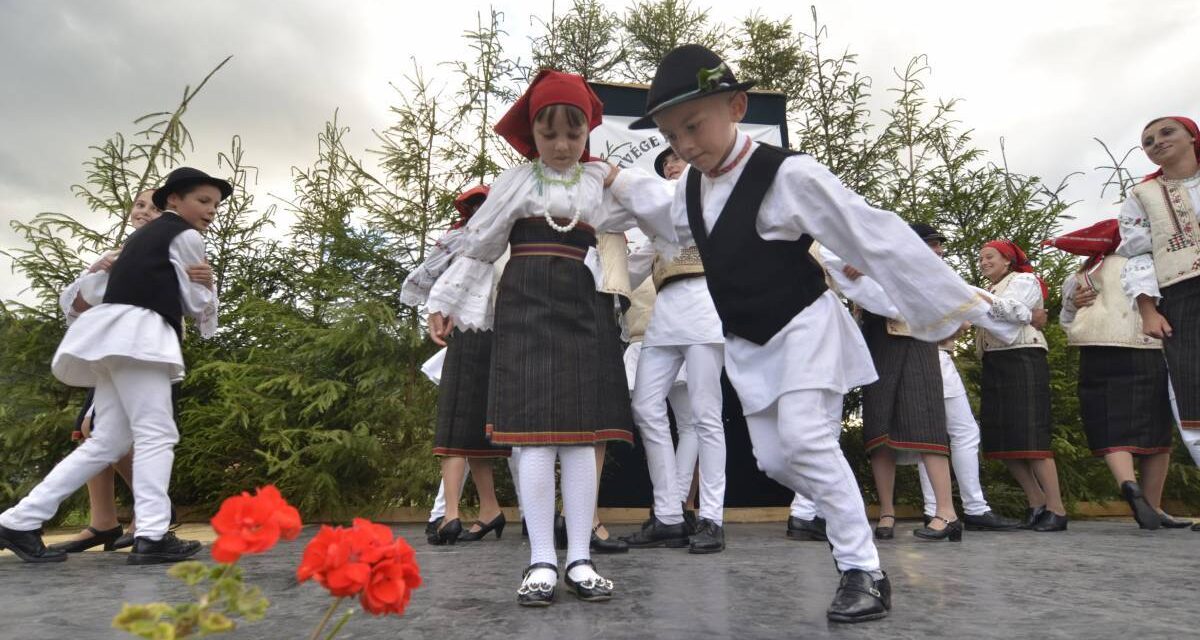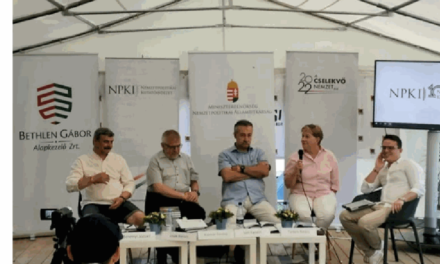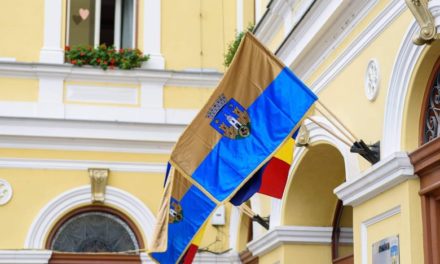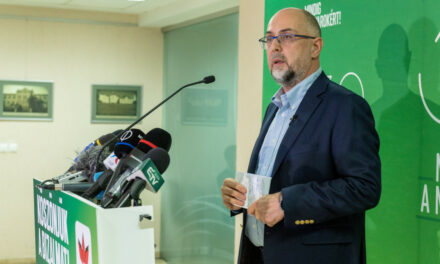From illegality and persecution by the authorities to living, expanding communities and the most modern experiential pedagogy, the Hungarian-language education of the Csángós, which decades ago seemed like a hopelessly romantic, personal undertaking of a few enthusiastic people, has now progressed.
Székelys, native Hungarians, together with the Csangós, are building an ever-growing network of Hungarian Houses in dozens of settlements, in which the Hungarian language naturally connects everyone. The fastest way to get to Csangóföld is by car through Transylvania. But if we go by plane, the closest Budapest flight arrives in Brasó. However, we prefer to fly to Bucharest to see the Romanian Great Plain, where instead of a highway, the main road leads through villages and towns to Bákó, which is 300 kilometers away and was mostly inhabited by Hungarians in the Middle Ages.
Here, in Moldavia, the landscape is different, and the road to Lábnyik, the easternmost stronghold of the Hungarians, winds through lankas, which are much gentler than those in Transylvania. The small, secluded settlement with a majority of Csángó Hungarians has no mobile internet and the Wi-Fi goes out when the storm comes, but here is the beautiful village environment that evokes old Székelyföld experiences and the lively Magyar Ház, in which the local Hungarian teacher lives and which is also in the classroom on the ground floor also teaches. In addition, Csangó children and teachers who come here, who are recruited by the Association of Moldavian Csángó Hungarians from all over the Carpathian basin, rest and study in modern buildings, wooden houses, and public spaces.
And are they coming?
This is what I ask Attila Hegyeli, whose life has been the csangó world for more than 30 years. For the first time, as a high school student, at the college in Sepsiszentgyörgy, he met Csangó scholarship recipients, whose failure to integrate drew his attention to the Csangó community. In 1992, he also went after them, to Somoska and Klézsé. Since then, he has been building the Hungarian-language education of the Csángos.
- New teachers come every year. Most of them from Székelyföld, but also from the motherland. Here they learn that it is not necessary to save the Csángos, but to solve their Hungarian education by living with them. We need service people here - he emphasizes the difference between the romance of nation-saving theories and practical nation-building. Because here you can experience the roles before the modern world, for example that of the classical teacher, who is not only with the children for a few hours. But for this you have to be present in their lives, in the village community. This is a special mission that works when you become a life form. In Csángóföld, since 2000 - without any institutional precedent - a Hungarian education network has been built up, affecting several thousand children, thanks to the regular and persistent work of a few dedicated people.
In the meantime, Csángóföld is also changing: asphalted roads are almost everywhere and a Ferrari appears on the roads alongside the cart. What is striking about the camp is that the people from Székely are the most hardened: they are also out of their comfort zone in the raucous environment, but the girls from Székely in their twenties, who have just graduated from university, are psychologically stable, they do not live in the usual culture of complaints in the Hungarian capital, but are ready for the mission.
The entire article can be read on M7.sk!
Featured image: Nándor Veres / Székelyhon













